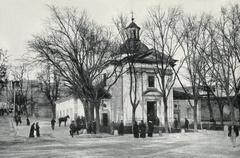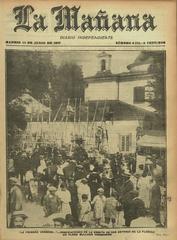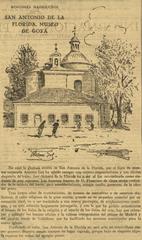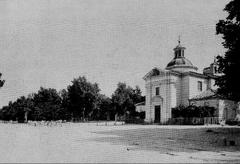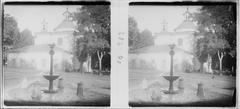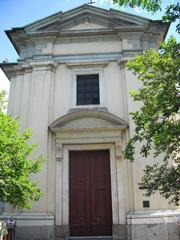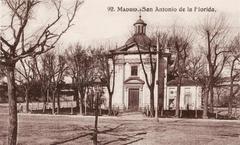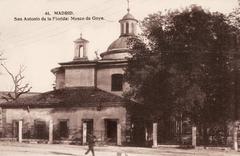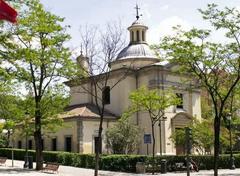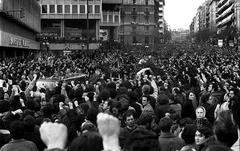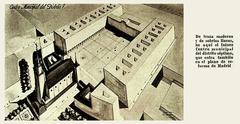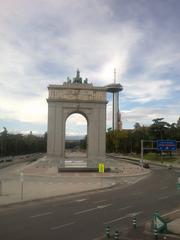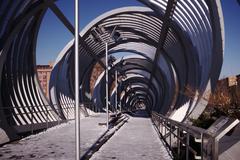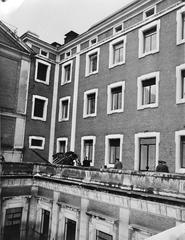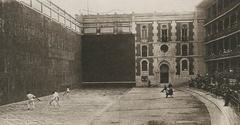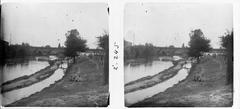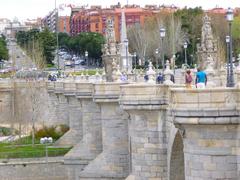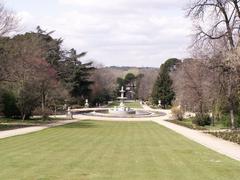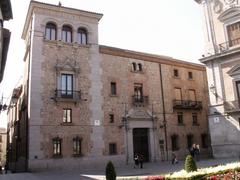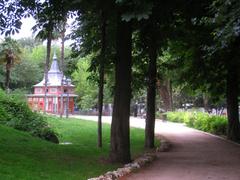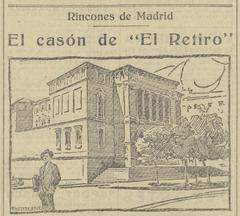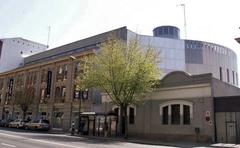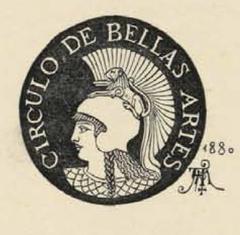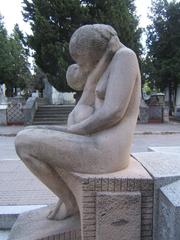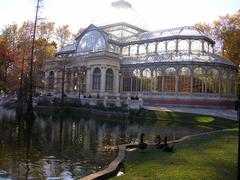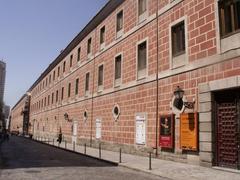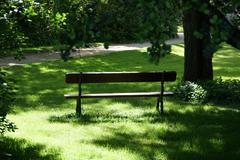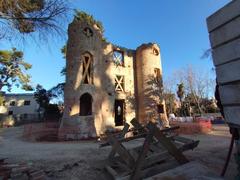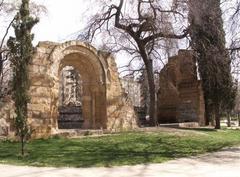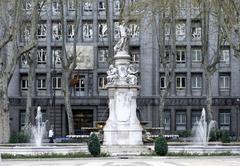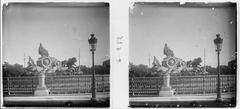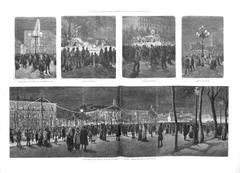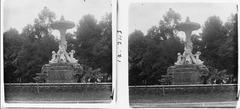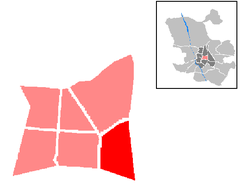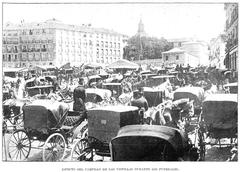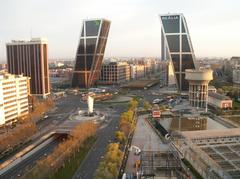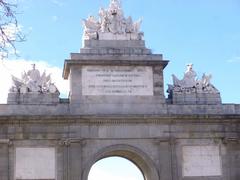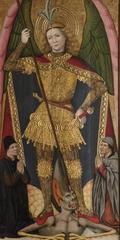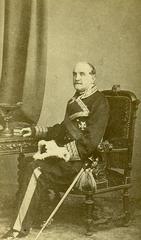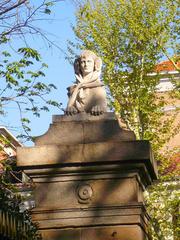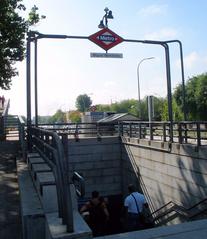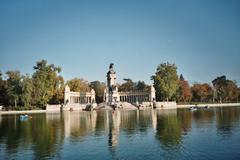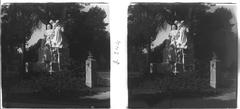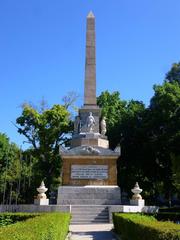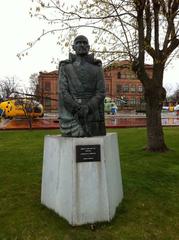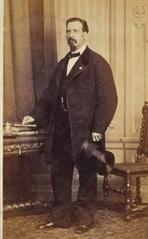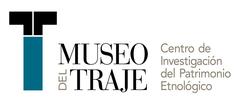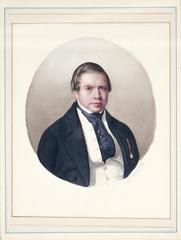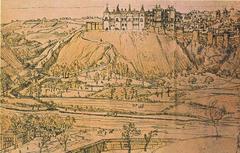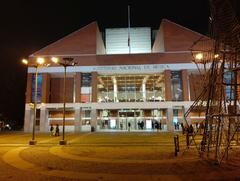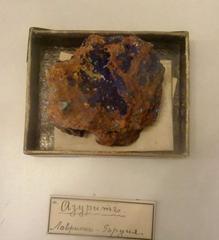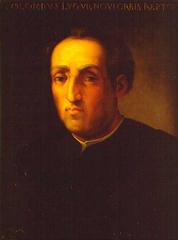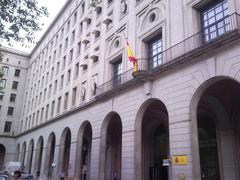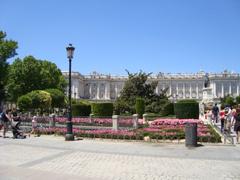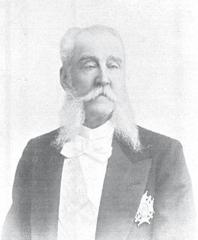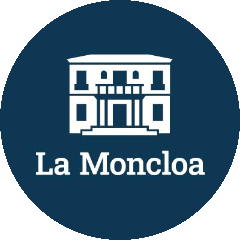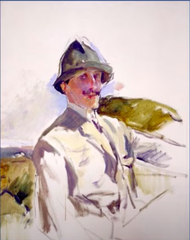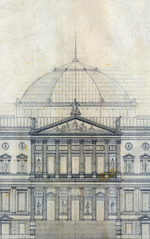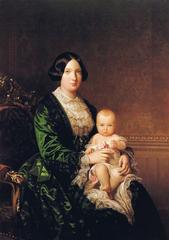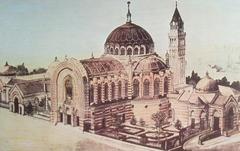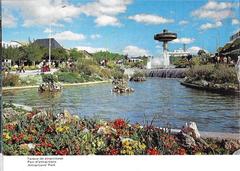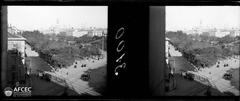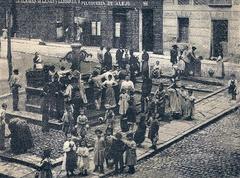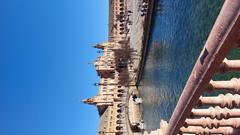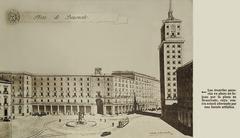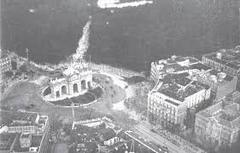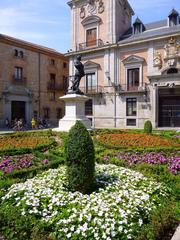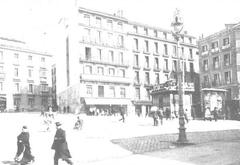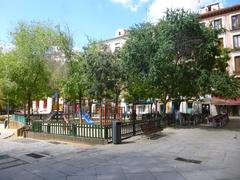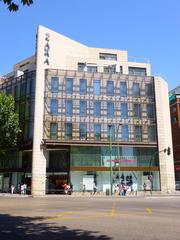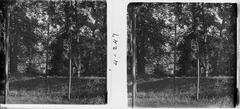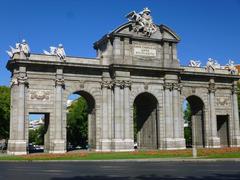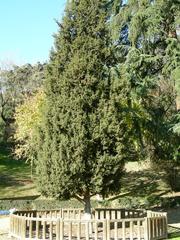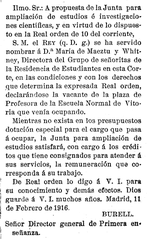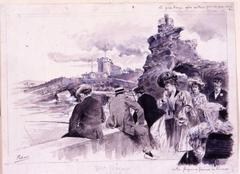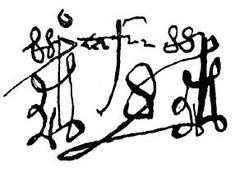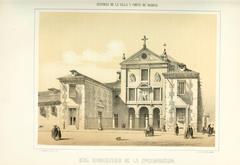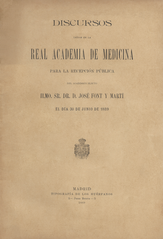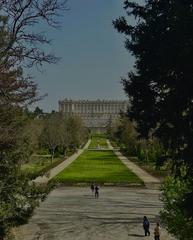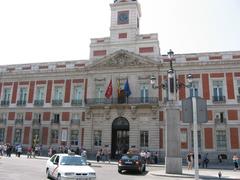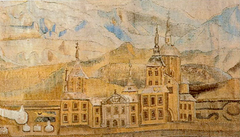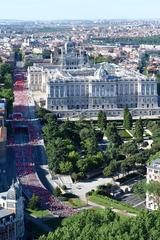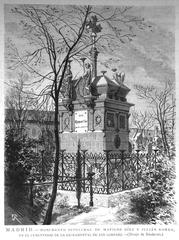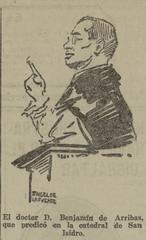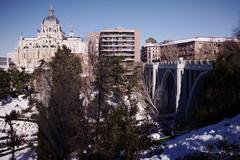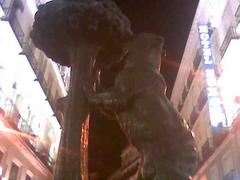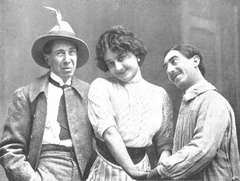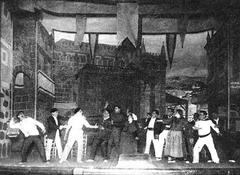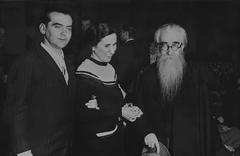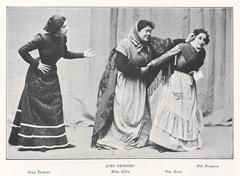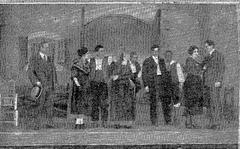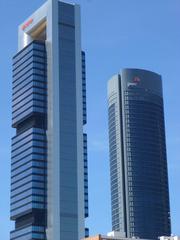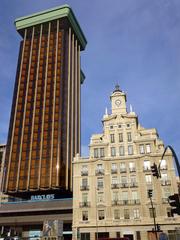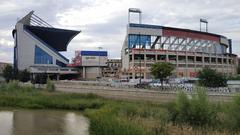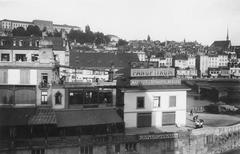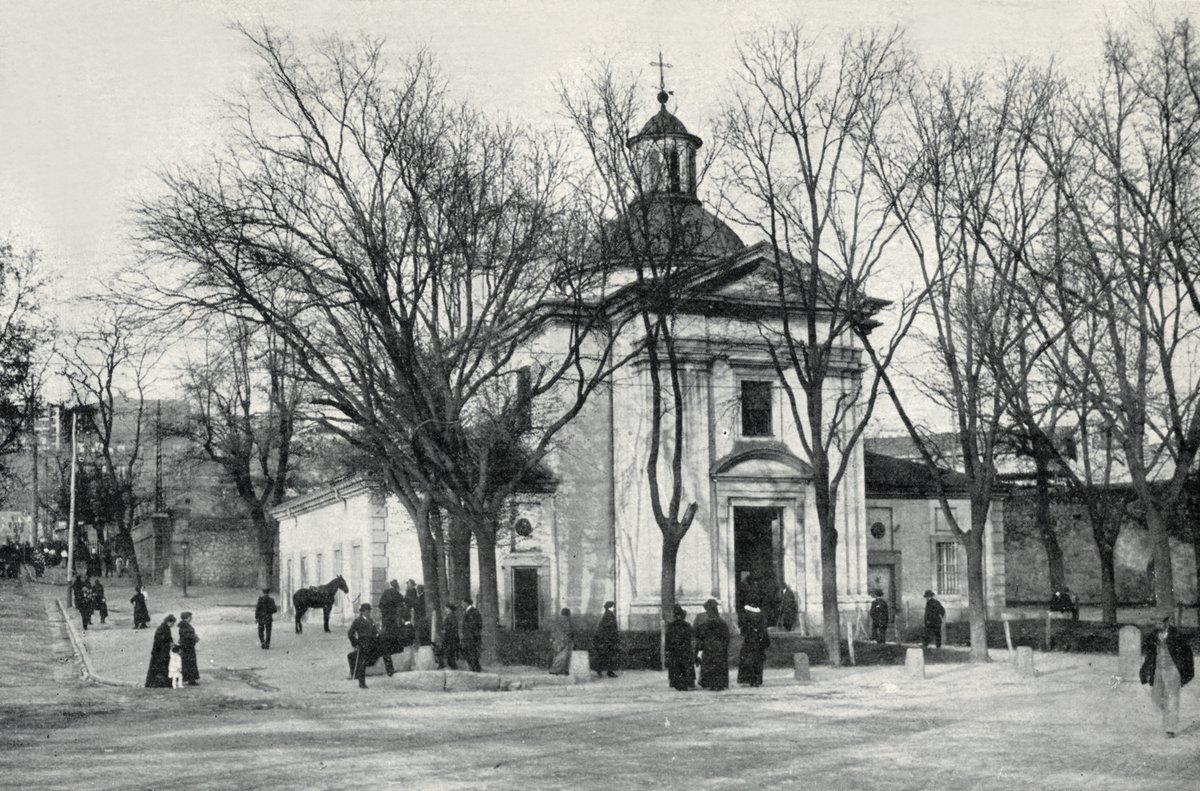
Comprehensive Guide to Visiting Museo Panteón de Goya, Madrid, Spain
Date: 19/07/2024
Introduction
The Museo Panteón de Goya in Madrid, Spain, is a must-visit for art enthusiasts and history buffs. Located within the Chapel of San Antonio de la Florida, this museum is a tribute to Francisco de Goya, one of Spain’s most distinguished artists. The chapel, commissioned by King Charles IV and designed by architect Felipe Fontana, was completed in 1798. Goya’s frescoes depicting the life of Saint Anthony of Padua are among his finest works (esmadrid).
In 1919, the chapel was converted into a mausoleum to house Goya’s remains, honoring his immense contributions to Spanish art and culture. The chapel is an excellent example of neoclassical architecture, and Goya’s frescoes are celebrated for their dynamic composition, dramatic use of light and shadow, and humanistic depiction of religious figures—marking a significant departure from traditional religious art of that period.
Extensive preservation and restoration efforts, most recently completed in 2005, ensure that Goya’s masterpiece remains intact for future generations. Visitors can explore the chapel, view the frescoes up close, and gain insights into Goya’s artistic techniques through informative displays and audio guides. Admission is free, making it an accessible and enriching cultural experience for all (esmadrid).
Table of Contents
Origins and Establishment
Goya’s Connection to the Chapel
Francisco de Goya was commissioned to decorate the chapel’s interior. His frescoes, depicting the life of Saint Anthony of Padua, are considered some of his finest works. The central scene illustrates Saint Anthony bringing a dead man back to life to clear his father’s name. Goya’s use of light and shadow and his ability to capture human emotion make these frescoes masterpieces of Spanish art.
Transformation into a Mausoleum
In 1919, the chapel was transformed into a mausoleum to house Francisco de Goya’s remains, which were repatriated from Bordeaux, France. This decision honored Goya’s contributions to Spanish art and culture, turning the chapel into a pilgrimage site for admirers of his work.
Architectural and Artistic Significance
The Chapel of San Antonio de la Florida is a prime example of neoclassical architecture, characterized by its simple, elegant lines and harmonious proportions. Goya’s frescoes are notable for their dynamic composition, dramatic use of light and shadow, and the psychological depth of the figures. Instead of idealized, otherworldly figures, Goya’s saints and angels are depicted as real, flesh-and-blood people, with all their flaws and emotions. This humanistic approach was revolutionary and has had a lasting impact on modern art.
Preservation and Restoration Efforts
The frescoes have undergone several restoration efforts to preserve their beauty and integrity. The first major restoration was in the 1920s, shortly after Goya’s remains were interred. Subsequent restorations in the 20th and 21st centuries, with the most recent in 2005, have been crucial in ensuring future generations can appreciate Goya’s masterpiece.
Visitor Experience and Tips for Museo Panteón de Goya
Accessibility and Practical Information
The Museo Panteón de Goya is located in the Moncloa-Aravaca district of Madrid, near the Manzanares River. It is easily accessible by public transportation, with several bus and metro lines serving the area. The museum is open year-round, with extended hours during the summer months. Admission is free, making it an accessible and affordable destination for all visitors.
Nearby Attractions in Madrid
While visiting the Museo Panteón de Goya, consider exploring other nearby historical sites and attractions such as the Royal Palace of Madrid, the Prado Museum, and the Temple of Debod. These sites offer a broader understanding of Madrid’s rich cultural and historical heritage.
Conclusion
The Museo Panteón de Goya is a must-visit for anyone interested in Spanish art and history. The chapel’s stunning frescoes and its historical significance as the final resting place of Francisco de Goya make it a unique cultural site. Whether you are an art lover, a history buff, or simply looking for a peaceful and inspiring place to visit, the Museo Panteón de Goya offers a rich and rewarding experience. Stay updated with our mobile app, Audiala, and check out our related posts for more insights into Madrid’s cultural treasures.
FAQ
What are the visiting hours for Museo Panteón de Goya? The museum is open daily from 9:30 AM to 8:00 PM, with extended hours during the summer months.
How much are tickets to Museo Panteón de Goya? Admission is free for all visitors.
Are there guided tours available? Yes, the museum offers guided tours that provide in-depth insights into the history and significance of the chapel and Goya’s frescoes.
